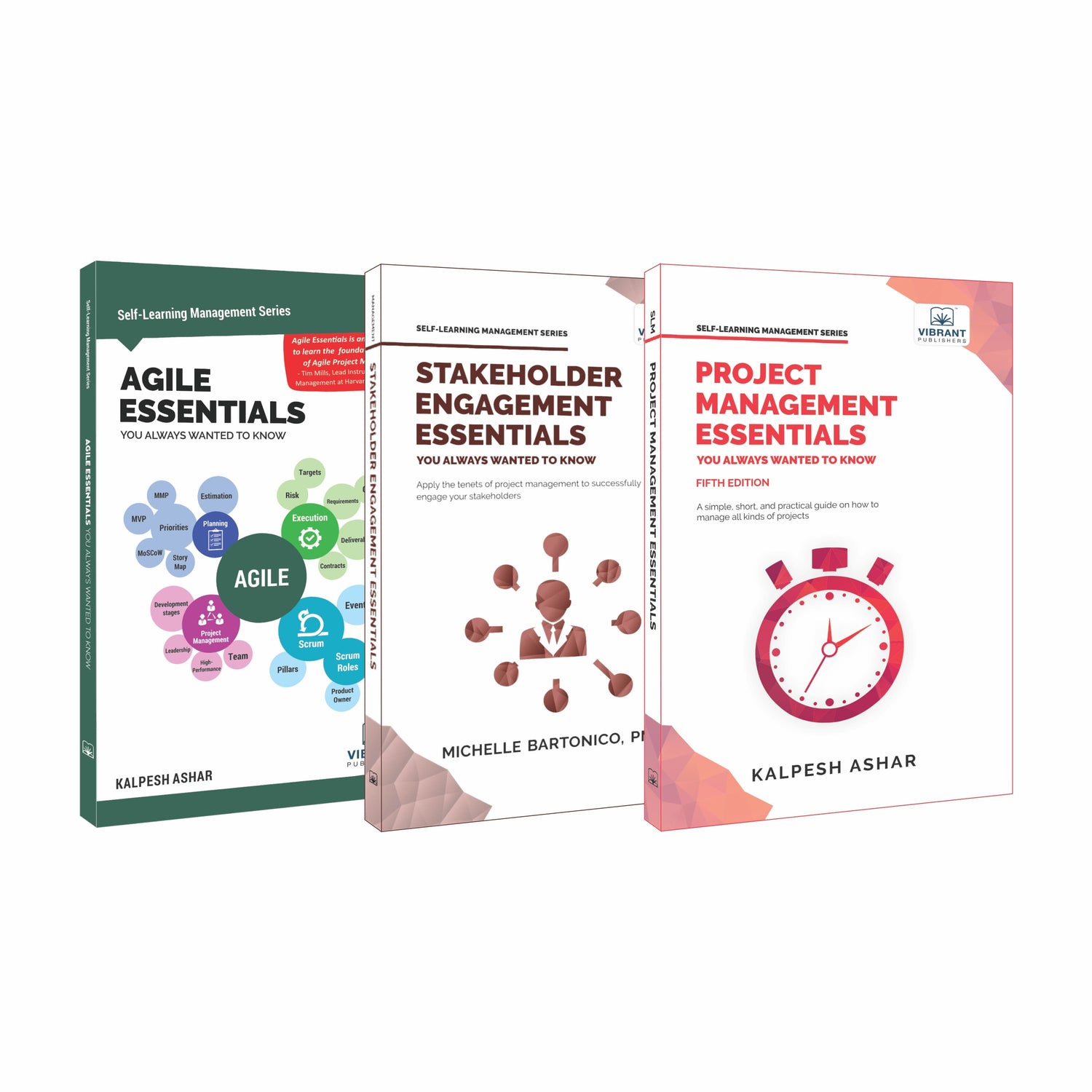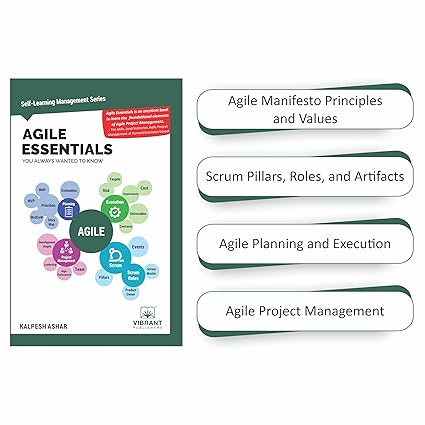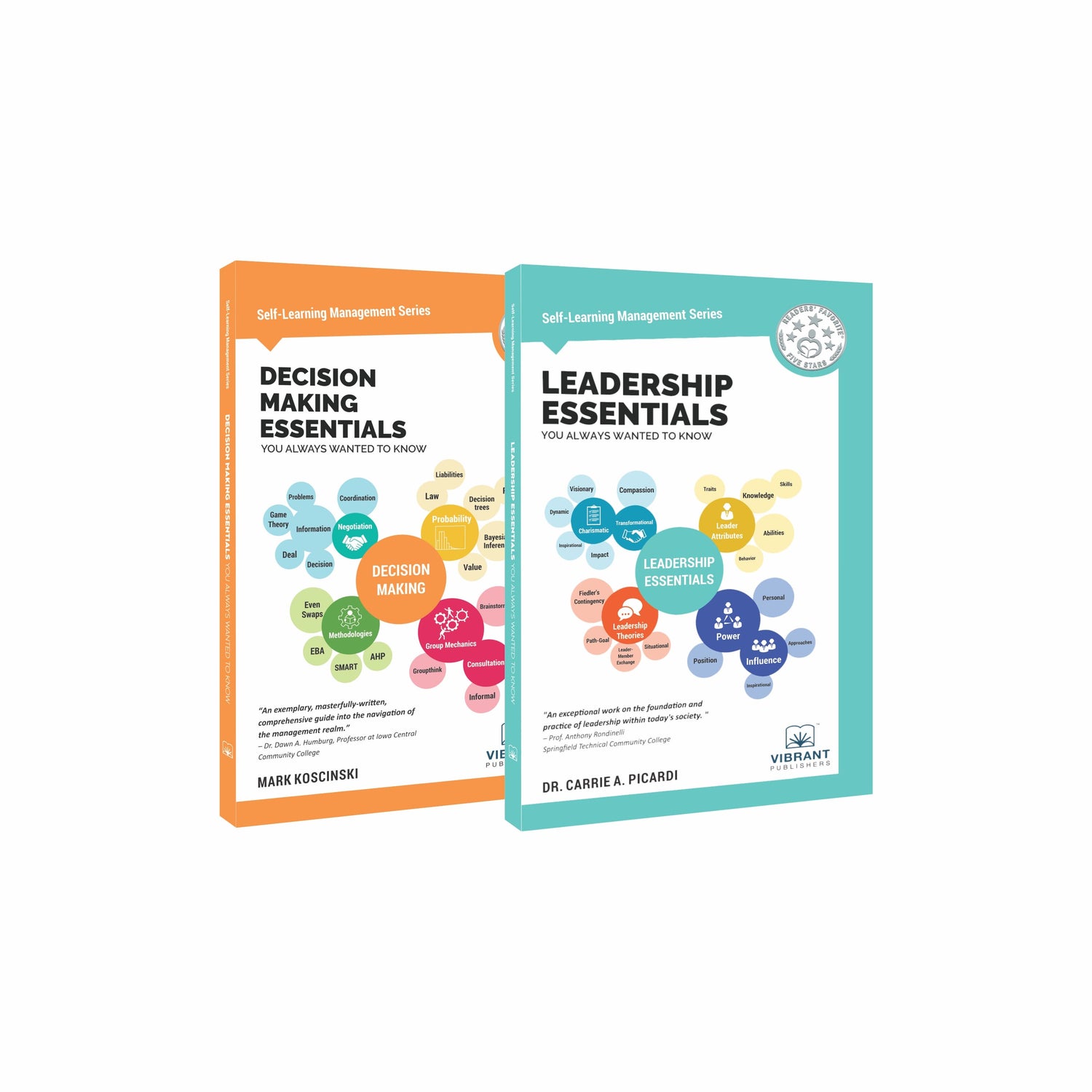Home
-
Blogs on Human Resource and Organizational Success
-
The Role of HR Analytics in Human Resource Management

The Role of HR Analytics in Human Resource Management
As an HR Analytics practitioner and adjunct professor, I often get asked (both by people within the HR function and outside the function) - “What is HR analytics?” or “How do you use analytics in HR?” My common response is, “How much time do you have?!” The reality is that the power of HR analytics is infinite.
The field is not new. The methods are not new. The idea that we can use data generated by previous behaviors to try and predict future outcomes has also been around for many years. What is new is the interest that many organizations, both big and small, have in using those data about their people. That’s why, when I am asked those questions about how to use analytics in HR, I usually respond with another question which is, “How much does your organization value analytics?”
Using this question can help to gauge right away if the outcomes will be worth the effort. If an organization does not value analytics, even in its most basic business decision-making, trying to convince leaders to use people's data for insights is going to be a very steep hill to climb and not worth the effort. If, however, your organization is ready to learn about its people in a more quantitative way, there are steps you can take to make sure that you advance your efforts accordingly.
The other element that I encourage practitioners to reflect upon is their own personal capabilities. This one is usually a bit easier to answer, as long as we are being honest with one another. The great thing about personal skills is that we can always improve. We can always get better or more advanced when it comes to the ability to use data, even in the most basic way. I often hear HR practitioners say that they do not like data or do not know how to use it. Sometimes, they are so afraid that they do not want to take that first step. One of my goals for the book, HR Analytics Essentials You’ve Always Wanted To Know is to help people get over that fear and make analytics more real. I have found that, once someone can figure out ways to apply analytics in his/her/their role, it becomes naturally easier to pick up and understand. It becomes fun!
The first step in this process is to figure out where there is an intersection between the individual’s skills and the organization’s readiness for analytics. In the book, I go into more detail about each of the quadrants below and how to calculate your scores on each of these axes, but once you have those answers, you can easily define where you can add the most value to the organization (see Figure 1).
Figure 1. Personal Capability vs. Organizational Readiness

Perhaps the first thing you will notice about the capability and readiness matrix is that the box for the Amateur is the largest. This is intentional. Because it can take a lot of time and effort to advance your skills and influence organizational readiness, hence this quadrant is the biggest. Another thing that you might notice is that the Advisor quadrant is borderless. That is also intentional and represents the never-ending learning and endless potential that HR analytics has.
The other piece of advice that I like to give is that we must remember that there is so much room for art along with the science of HR analytics. From the moment that we decide to embark on an analytics project, there is art involved. There are so many decisions made at the beginning like what data to use, what questions to ask/answer, sample sizing, etc. that will impact the outcome of our analysis. These are questions that require an in-depth knowledge of the business, what is important, and what will make an impact. So, even if someone is afraid of the data or does not have the skills to be able to perform the analysis, she/he/they can help with the “art side” of the equation.
Regardless of role, capability, and organizational readiness, I encourage everyone to start small. You can easily build upon that to do more advanced things but get to know the business and what is going to make a difference. That is where we, as HR practitioners can really make an impact.
About the Author - Dr. Michael Walsh is an industrial and organizational psychologist with over 15 years of human resources and people analytics experience. Michael currently leads Global Talent Management and Organizational Effectiveness for Eaton Corporation’s Vehicle Group.
Share











